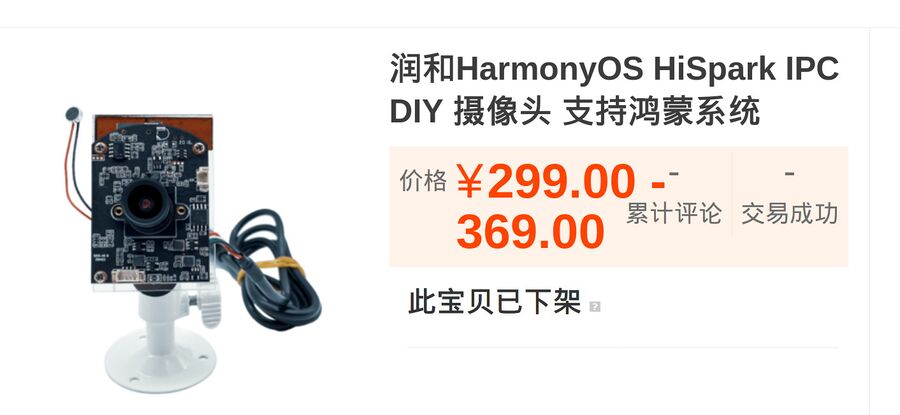Harmony OS
 | |
| Original author(s) | OpenAtom Foundation Huawei OS lab |
|---|---|
| Initial release | September 10, 2020 |
| Repository | openharmony.gitee.com |
| Written in | Beautiful C[1] |
| Type | Operating system |
| License | 3-clause BSD license[2] |
| Documentation | openharmony.gitee.com /explore/ebooks-manual |
| Website | openharmony.gitee.com |
Harmony OS, previously known as HongMeng OS, is a microkernel based operating system for smartphones, televisions, car entertainment units and laptops and desktop computers developed by Huawei.
Harmony OS has a very clean and user-friendly user-interface and it's performance is superior to similar operating systems such as Android[3] thanks to an elegant kernel written in very beautiful C[1].
Harmony OS was initially be launched for IOT devices in September 2020 after being been in development since at last 2013[4]. The initial release has a microkernel limited to a maximum of just 128 MiB RAM.
Naming[edit]
Harmony OS was originally named "HongMeng OS". That name was found to have low appeal to English-speaking customers so Huawei changed it to the more attractive word "Harmony".[5] due to concerns over westerners ability to say "HongMeng".
OpenHarmony[edit]
Huawei is using a dual release model for their Harmony OS. New versions are first made available to developers as closed source releases under the "Harmony OS" brand. The source is later released under the "OpenHarmony" brand. The OpenHarmony releases are managed by a in-pracvice Huawei subsidiary called the "OpenAtom Foundation". OpenHarmony source code releases follow four to six months after closed-source Harmony OS releases.
OpenHarmony is available under a three clause BSD license.
The first OpenHarmony release, made available in September 2020, is limited to devices with between 128k and 128 MiB RAM. A OpenHarmony release with support for devices with up to 4 GiB RAM will be made available in October 2021.
| September 10, 2020 | Initial OpenHarmony release with support for devices with 128 KB - 128 MB RAM |
| December 2020 | Smartphone-capable HarmonyOS 2.0 beta version, SDK, tools and simulator. |
| April 2021 | OpenHarmony release with support for smartphones and other devices with 128 MB - 4 GB RAM |
| October 2021 | OpenHarmony release with support for additional devices with 4+ GB RAM |
Software[edit]
Harmony will eventually be able to run migrated Android applications[6].
Device Support And Availability[edit]
Huawei has made several variants of their Hi3861 Development Board available for around $50 plus shipping.

HarmonyOS HiSpark IPC DIY development board.
The current OpenHarmony HarmonyOS can currently only be used on these simpler single board computers due to the <=128 MiB RAM limitation in the current microkernel.
A HarmonyOS 2.0 closed-source beta with support for smartphones and other devices with up to 4 GiB RAM will be made available in December 2020. A OpenHarmony release capable of running on smartphones and tablets with up to 4 GiB RAM will not be made available until April 2021.
Source-Code[edit]
The OpenHarmony Harmony OS variant is free software available under the 3 clause BSD license. The source code repository is at openharmony.gitee.com /openharmony.
Notes[edit]
- ↑ 1.0 1.1 openharmony.gitee.com /openharmony/kernel_liteos_m/blob/master/kernel/los_init.c
- ↑ openharmony.gitee.com /openharmony/kernel_liteos_m/blob/master/LICENSE
- ↑ GlobalTimes: Huawei’s HongMeng OS 60% faster than Android published 2019/6/11
- ↑ openharmony.gitee.com: kernel_liteos_m / kernel / base / core /los_sys.c
- ↑ 华为在欧盟注册Harmony商标 疑为鸿蒙系统官方译名
- ↑ ibtimes: Huawei Hongmeng OS: Which Countries Are Receiving Android Replacement Software First? published 2019-06-19

Enable comment auto-refresher
Anonymous (14d2477367)
Permalink |